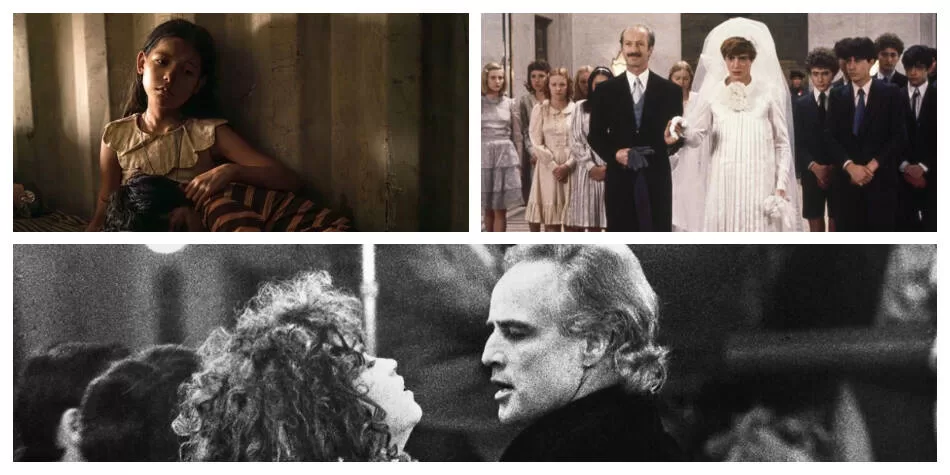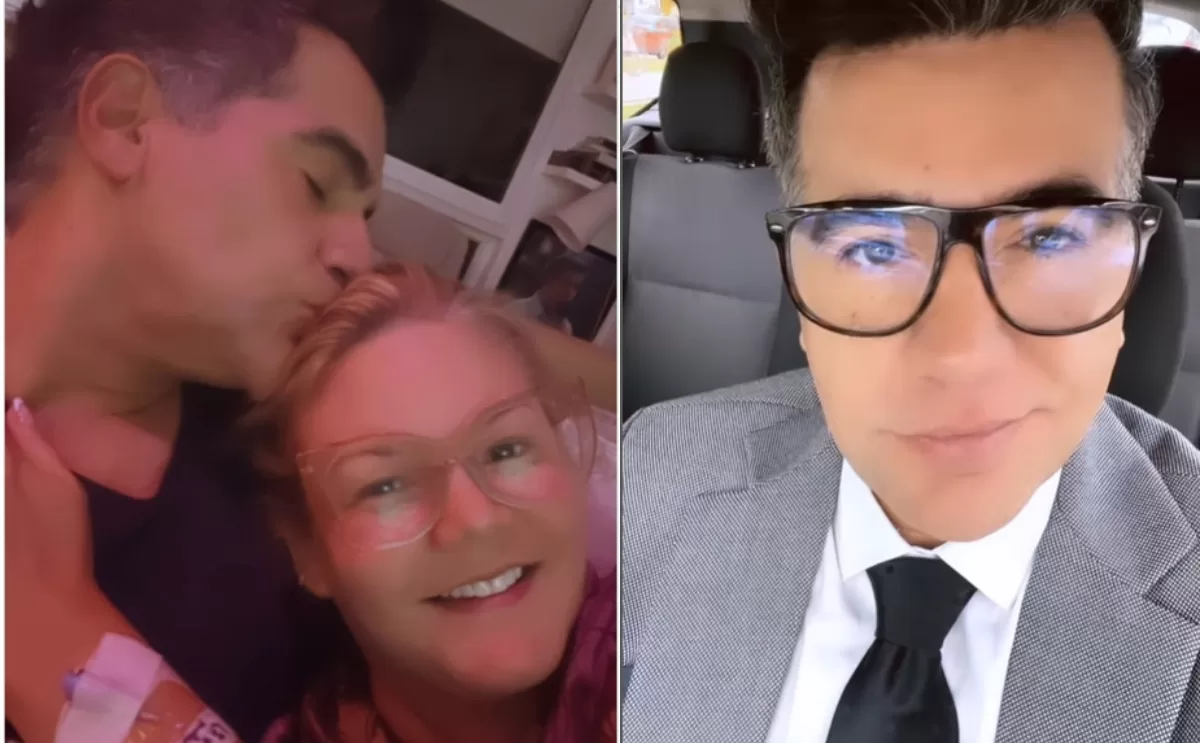(We recommend: ‘Sound of Freedom’: the film that denounces child trafficking in Colombia)
Jim Caviezel plays Tim Ballard, who is dedicated to fighting child trafficking in ‘Sound of Freedom’.
But they were all minor scandals next to Martin Scorsese’s The Last Temptation of Christ, from 1988. The film became the icon of sacrilege by putting on the screen a Jesus who, far from the divine, navigates to the limits of his humanity. . His image is posed as a political object of his time, but the most bombastic and unforgettable of the footage are the 10 minutes of sex that Jesus –a tremendous Willem Dafoe- has with Mary Magdalene (Barbara Hershey).
(Also read: Mourning in the cinema: William Friedkin, director of ‘The Exorcist’, passed away)

‘The Last Temptation of Christ’, by Martin Scorsese, was starring Willem Dafoe.
Such was the reaction and excessive fury of some extreme sectors of Catholicism that, in Paris, they tried to set fire to a movie theater. “I don’t remember any other religious movie that has challenged me so completely. He offended those whose ideas about God and man are not reflected. But anyway, so did Jesus,” Pulitzer Prize-winning film critic Roger Ebert wrote in his Chicago Sun-Times column at the time.

‘The Birth of a Nation’, 1915.
In some cases, the messages of the films have been so strong and profound that they are considered emblems of criticism of a political regime. It happened with the repulsive Saló or the 120 days of Sodom, by Pier Paolo Pasolini, a director who had no middle points when expressing his critical vision against the system, sexual repression, power, the bourgeoisie, politics or the church. This time, his voice was raised against the atrocities of the Nazis during the Italian occupation and the crimes and oppression of fascism through sickening scenes of orgies, rape, torture, murder, dismemberment, and scatology in all its proportions.
“It is one of the most disturbing films I have ever seen, but not because of what is shown (most of the violence is implied), but because of the nature of its themes: corruption, rape and murder of the youth -wrote the actor James Franco in an article he published about Saló in Vice magazine- (…) The story seems an ironic accusation to the authority that, as he sees it, have assumed the role of uncontrolled torturers”.
(Be sure to read: Pier Paolo Pasolini: the brutal murder of a cinema martyr)

‘Salo or the 120 days of Sodom’, by the filmmaker Pier Paolo Pasolini.
The Franco-Argentine Gaspar Noé is a specialist in these plots. Irreversible is perhaps her most recognized and controversial story: the vulnerability of actress Monica Belucci lying face down on the ground while she is violently raped in a desolate tunnel in the middle of the night, is unbearable. The scene spins in the head for weeks. Because? So that? Attendees at Cannes in 2002, where the footage premiered, said they hadn’t seen anything so explicit throughout the festival. A BBC journalist reviewed: “Many may find the film wantonly violent and crude, but it manages to be a good cinematic exercise in pushing human cruelty to its greatest limits.”
(It may interest you: Why is the world of cinema shaking in Cuba after censorship of a documentary by Fito Páez?)

‘A Clockwork Orange’ by Stanley Kubrick.
The case of Last Tango in Paris, by Bernardo Betolucci and with the always controversial Marlon Brando, is stunning: the denunciations of the protagonist Maria Schneider, years after the premiere, left the world speechless, which with morbidity had sought to exhaustion the form to see the controversial film, censored especially for this scene. It turns out that the actress, then a tender 19-year-old, had been tricked by the director and the actor (48) into consuming the famous butter sequence (her character of her is raped using this food). The abuse was not feigned and the Schneider’s gestures of pain were more than real. When the truth came out, many women’s organizations supported the complaint and although Bertolucci and Brando had already died, the horror of that single shot recorded in a dirty apartment in the French capital remained in the environment.
(Continue with: The controversial film sexual abuse of the late Bernardo Bertolucci)

‘Last Tango in Paris’, 1972, stars Marlon Brando and Maria Schneider. The film is famous for having one of the most violent erotic scenes in cinema.
Twisted and unproven theory, from which the producers and actors – Jim Caviezel, Mira Sorvino, Eduardo Verástegui, all confessed ultra-Catholics – have tried to shout out. The film directed by Alejandro Monteverde has been hit by scandal, which is almost always synonymous with ‘blockbuster’. However, a fraction of the public has expressed anger at his association with the extreme right.
Eduardo Verástegui, the Mexican who left commercial cinema 15 years ago to dedicate his life to God (they say he has remained chaste since then), experienced firsthand the fact of being in the middle of a conspiracy battle. “There were a lot of people and there continue to be a lot of people who don’t want this truth to come out, for this movie to come out. This is a global problem. There are many people involved in this crime, in all sectors. They have threatened me many times, they have tried to make me stop the project many times, but for me those are signs, ”he recounted on his social networks. “What can happen to you? What is the worst thing that can happen to you? Die? We are all going to die sooner or later, it is only a matter of time, here the question is: what did you die for?, who did you serve? So this is a good cause,” he added.
SOFIA GOMEZ G.
CULTURE
On Twitter: @s0f1c1ta


